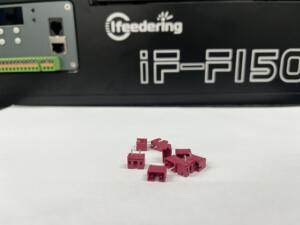The development of automation flexible feeders has come a long way since the early days of factory automation. While some factories may have used rudimentary methods to convey parts from one point to another, modern technology has made automation flexible feeders essential for effective production. Automated flexible feeders can be found in many industries today, from automotive and aerospace to electronics and medical device manufacturing.
At the heart of this technology are computer-controlled components such as servo motors, encoders and sensors that allow automated machines to accurately handle objects with unmatched speed and precision. This includes both the physical movement of product through an assembly line as well as more sophisticated operations such as picking parts from bins or recognizing shapes on a conveyor belt. Together these functions make up an efficient automated production system that is capable of producing high-quality parts quickly and effectively.
Recent advances in robotics have helped push this technology even further forward, enabling advanced robotic arms to perform intricate tasks with ever increasing accuracy levels. As well, better tools such as vision systems are being employed by factories around the world to provide improved safety and throughput capabilities in their facilities, allowing them operate more efficiently than ever before.
Automation flexible feeding systems continue to evolve over time through constant refinement which makes them increasingly suitable for applications where quality assurance is paramount while also providing highly reliable operation within any type of environment or industry sector imaginable. Thanks to advancements like artificial intelligence (AI), machine learning (ML) algorithms, deep learning (DL), natural language processing (NLP) techniques among many others; we can now expect much higher accuracy rates when performing these types of tasks automatically using robots or smart machinery equipped with motion controllers like PLCs & PACs along with other software interfaces that may be necessary depending on individual application requirements at a given business facility or enterprise setting.





